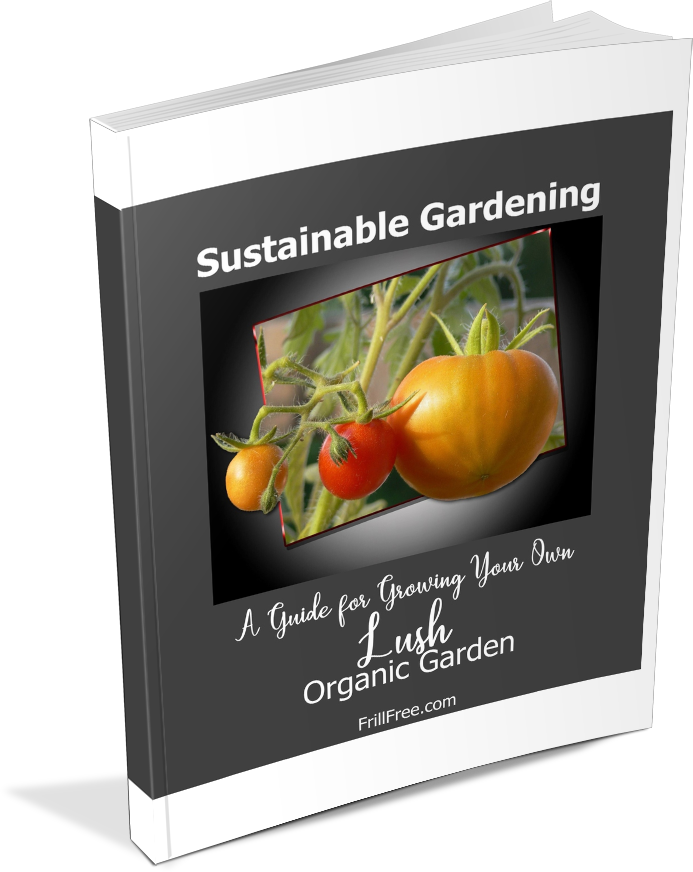How to Grow Cauliflower
Another Crunchy and Delicious Brassica
As another relative of broccoli, kale, collards and cabbage, it’s no surprise that this is also renowned for its nutritive value.
It also has similar requirements; cool temperatures, and ample moisture in the soil throughout the whole growing season. Heat and lack of water will cause it to bolt, or flower. After this, it’s inedible.

Moisture retentive soil, with some wood ashes or Dolomite lime added, and lots of organic matter is the best.
Growing cauliflower in a raised bed allows perfect drainage, another absolute necessity.
Seedling cauliflower can be raised indoors, and transplanted into prepared beds in March or any time after the ground is thawed.
It doesn’t require additional warmth which could trigger bolting; even a slight frost won’t bother them.
I recommend using row covers to prevent insects such as aphids or cabbage white butterflies from attacking; nothing takes away your appetite more than crunching into a nice cauliflower floret with some dip on it, only to notice some live protein.
As the plants develop, and the white curd starts to show, some growers tie the outside leaves up around it to keep it white. You can also just pull off one of the larger leaves and lay it over top to do the same thing.
Other varieties are burgundy, lime green or orange - they say for health, pick a rainbow - this is the plant for that!
It’s important that there is adequate moisture at all times; if for any reason cauliflower go without water for even a day, they will stop dead in their tracks, and the head won’t grow any bigger.
Unlike many other brassicas that will continue to produce side shoots after the main head is harvested, cauliflower doesn’t do this, so pull out the plant and compost it after harvesting. The space will be perfect for some later lettuce or a cover crop. Chop or shred the sturdy roots before composting, or they’ll never rot down.
Cauliflower is one of the best vegetables for crudité, or
cut up vegetables served with a dip. I
combine it with broccoli, julienne carrots and celery for a crunchy appetizer, or
serve it steamed with cheese sauce. For something totally different, grow some of the other types of cauliflower that have purple or gold curds.
They keep for a few weeks in the refrigerator, but
unfortunately don’t store well for any length of time, so don’t over produce
these unless you have a use for them as giveaways to neighbors and friends.













